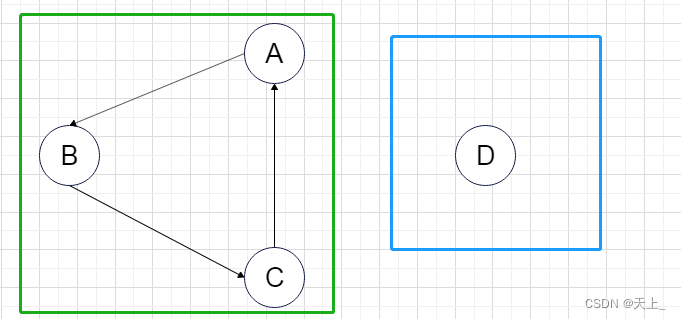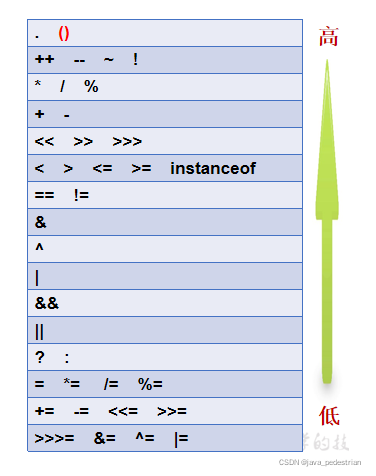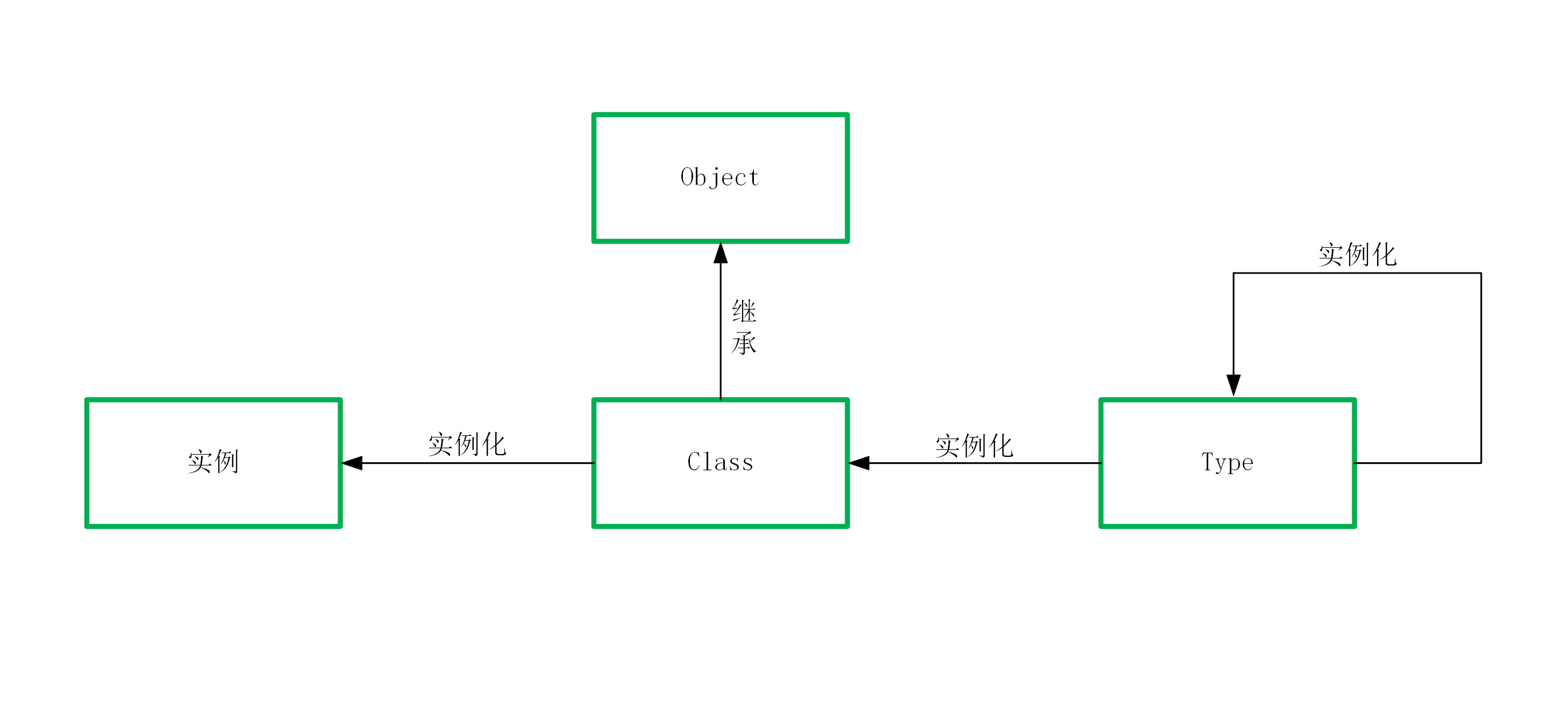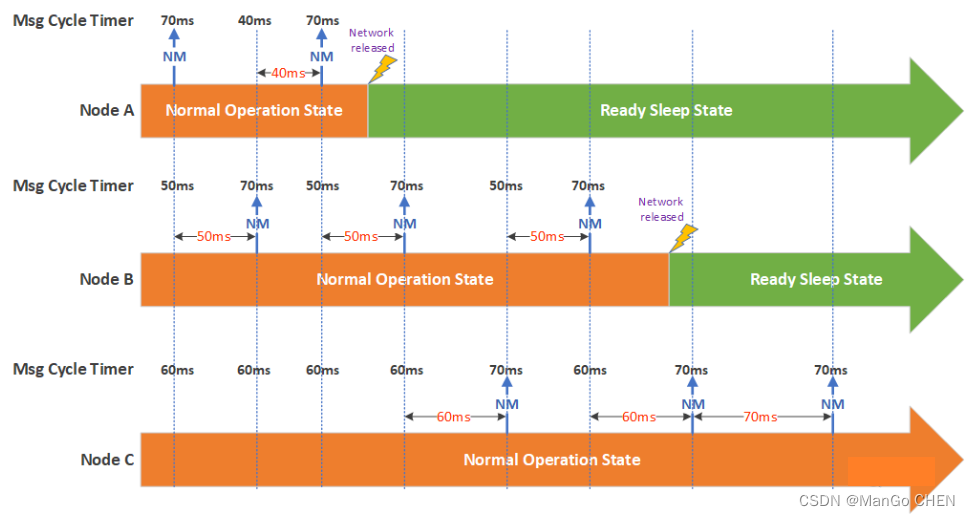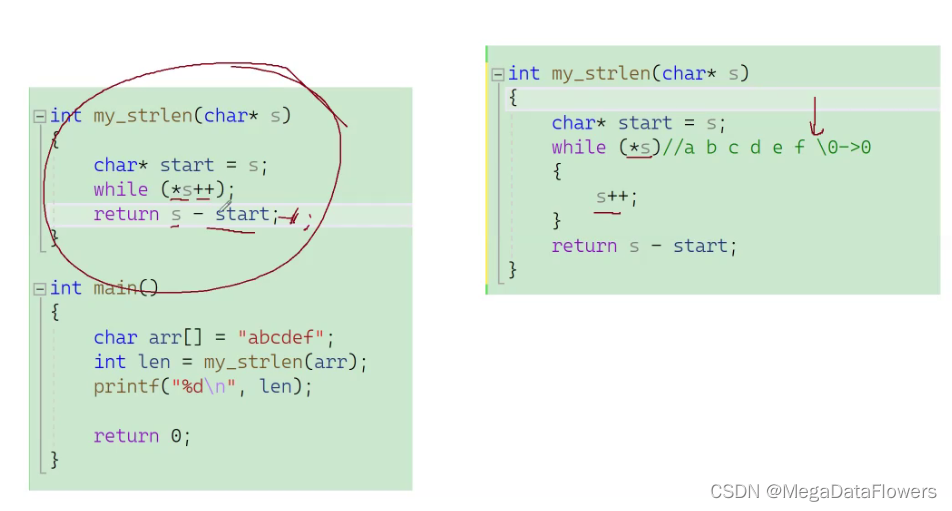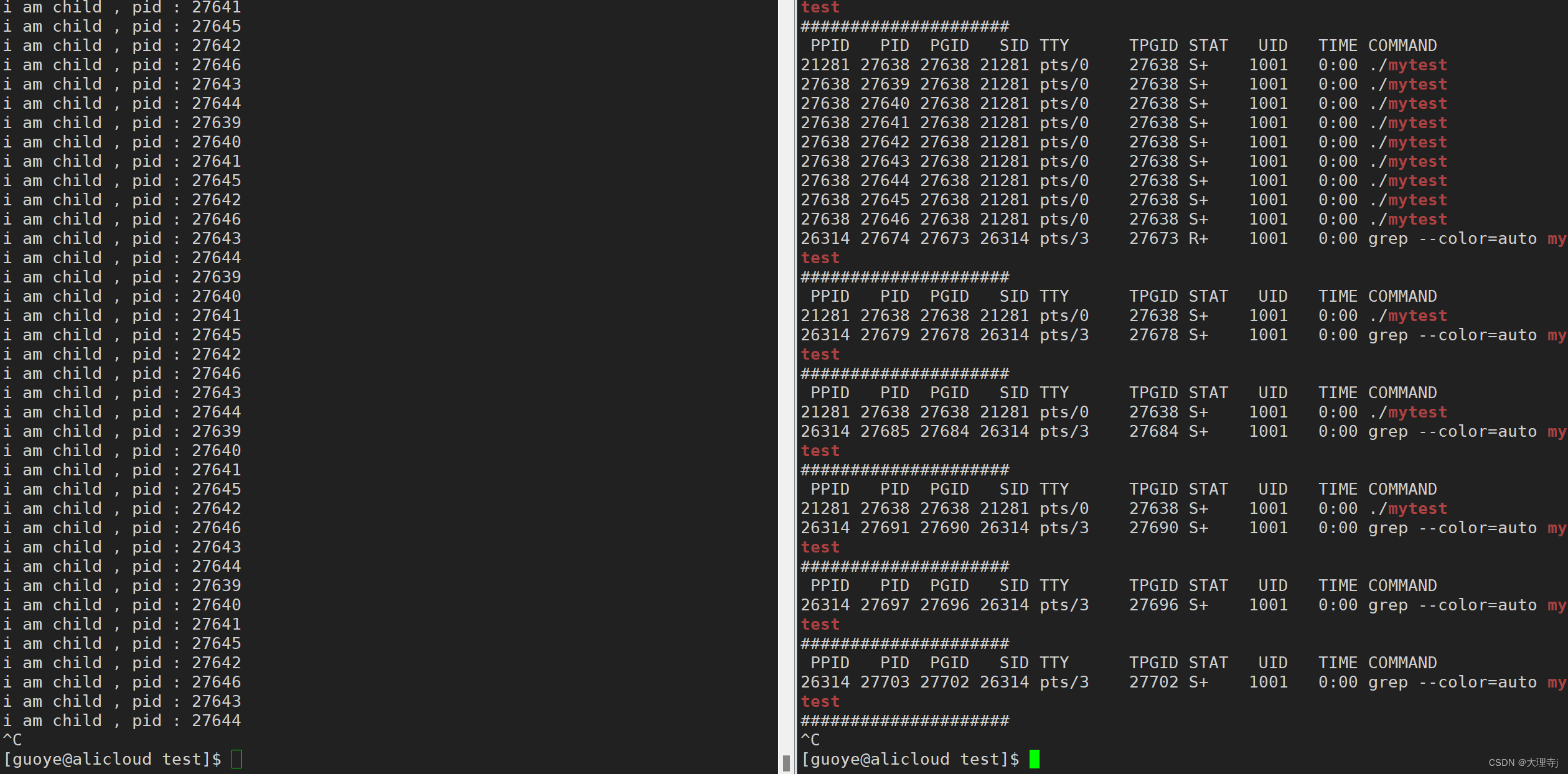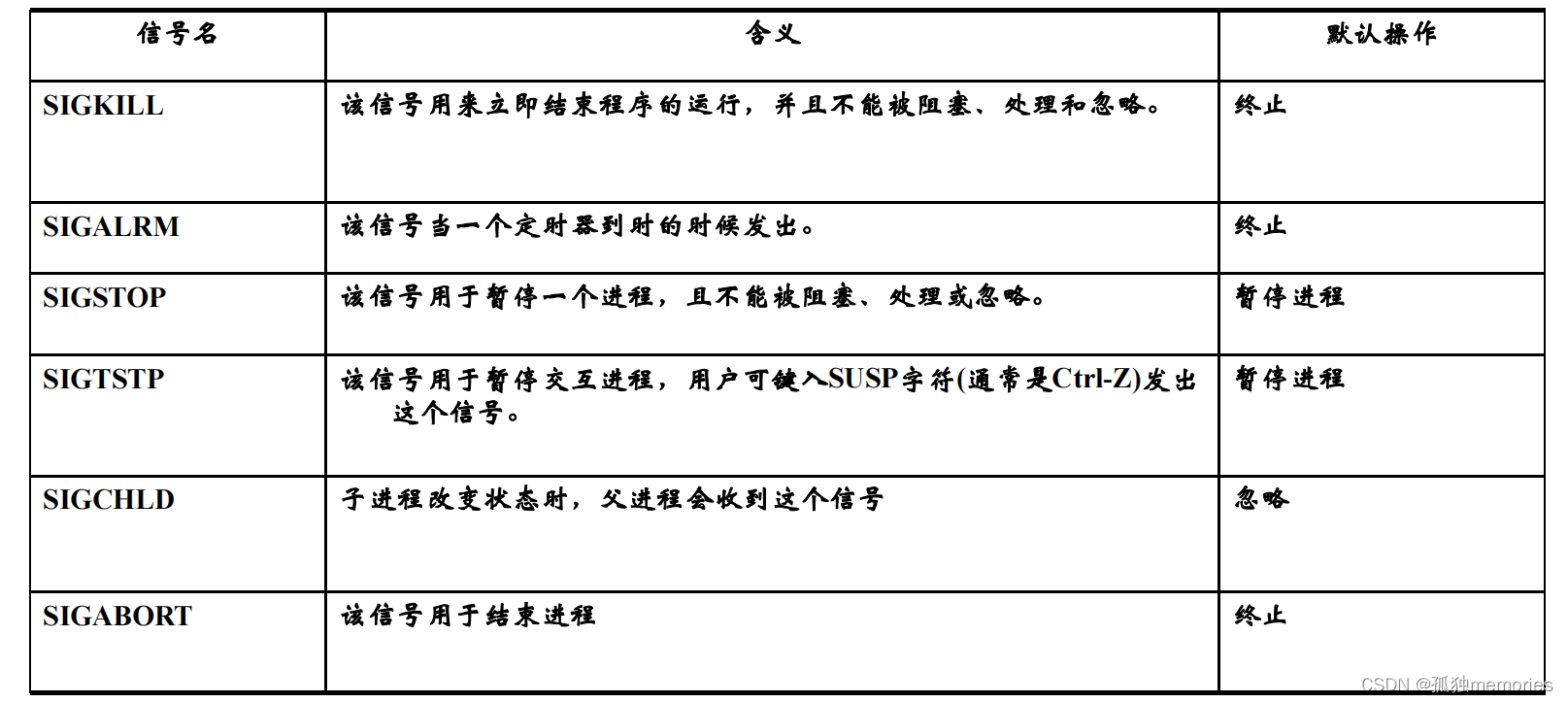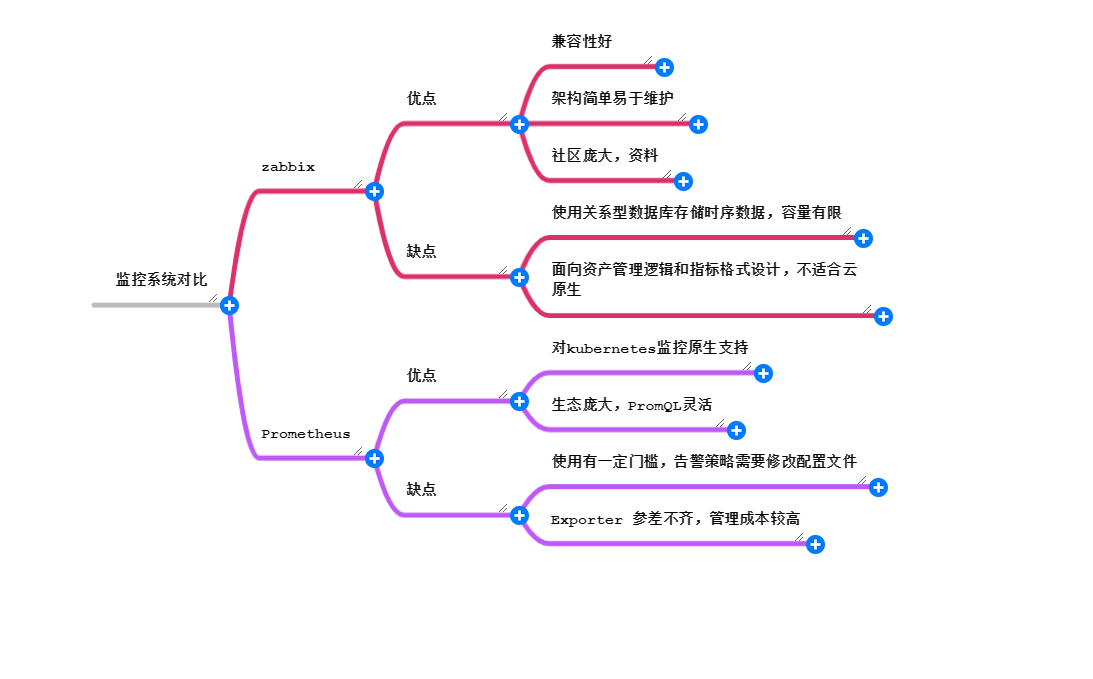【追梦之旅】——栈居然还能这样玩?!+ 力扣 - 有效括号 ~😎
- 前言🙌
- 什么是栈?
- 栈的C语言实现
- 头文件编写源码:
- 功能文件编写源码:
- 测试文件编写源码:
- 力扣题解——有效的括号
- 总结撒花💞

😎博客昵称:博客小梦
😊最喜欢的座右铭:全神贯注的上吧!!!
😊作者简介:一名热爱C/C++,算法等技术、喜爱运动、热爱K歌、敢于追梦的小博主!
😘博主小留言:哈喽!😄各位CSDN的uu们,我是你的博客好友小梦,希望我的文章可以给您带来一定的帮助,话不多说,文章推上!欢迎大家在评论区唠嗑指正,觉得好的话别忘了一键三连哦!😘
前言🙌
哈喽各位友友们😊,我今天又学到了很多有趣的知识,现在迫不及待的想和大家分享一下!😘我仅已此文,手把手带领大家栈的实现和力扣题解知识~ 都是精华内容,可不要错过哟!!!😍😍😍
什么是栈?
栈和顺序表和链表一样,是线性结构的。栈可以用数组实现,也可以用链表实现。这里采用的是动态数组(顺序结构)实现的方式。栈的特点是LIFO。什么是“LIFO”呢?用中文简单的来说就是后进先出。也有人会叫先进后出,其实都是同一个意思。
栈的C语言实现
头文件编写源码:
#pragma once
#include<stdio.h>
#include<stdlib.h>
#include<assert.h>
#include<stdbool.h>
typedef int STDataType;
//顺序栈
typedef struct STNode
{
STDataType* a;
int top;
int capacity;
}ST;
void STInit(ST* pst);
void STDestroy(ST* pst);
void STPush(ST* pst, STDataType x);
void STPop(ST* pst);
bool STEmpty(ST* pst);
STDataType STTop(ST* pst);
int STSize(ST* pst);
功能文件编写源码:
#define _CRT_SECURE_NO_WARNINGS 1
#include"Stack.h"
void STInit(ST* pst)
{
assert(pst);
pst->a = NULL;
//top指向栈顶元素的下一个位置
pst->capacity = pst->top = 0;
}
void STDestroy(ST* pst)
{
assert(pst);
free(pst->a);
pst->capacity = pst->top = 0;
pst->a = NULL;
}
void STPush(ST* pst, STDataType x)
{
assert(pst);
//扩容
if (pst->capacity == pst->top)
{
int newcapacity = pst->capacity == 0 ? 4 : 2 * (pst->capacity);
STDataType* tem = (STDataType*)realloc(pst->a, sizeof(STDataType) * newcapacity);
if (tem == NULL)
{
perror("realloc fail\n");
exit(-1);
}
pst->capacity = newcapacity;
pst->a = tem;
}
pst->a[pst->top] = x;
(pst->top)++;
}
bool STEmpty(ST* pst)
{
assert(pst);
return pst->top == 0;
}
void STPop(ST* pst)
{
assert(pst);
assert(!STEmpty(pst));
(pst->top)--;
}
STDataType STTop(ST* pst)
{
assert(pst);
assert(!STEmpty(pst));
return pst->a[pst->top - 1];
}
int STSize(ST* pst)
{
assert(pst);
return pst->top;
}
测试文件编写源码:
#define _CRT_SECURE_NO_WARNINGS 1
#include"Stack.h"
int main()
{
//ST s;
//STInit(&s);
//STPush(&s, 1);
//STPush(&s, 2);
//STPush(&s, 3);
//STPush(&s, 4);
//STPush(&s, 3);
//STPush(&s, 4);
//while (!STEmpty(&s))
//{
// printf("%d ", STTop(&s));
// STPop(&s);
//}
//printf("\n");
ST s;
STInit(&s);
STPush(&s, 1);
STPush(&s, 2);
STPush(&s, 3);
STPush(&s, 4);
STPop(&s);
STPop(&s);
while (!STEmpty(&s))
{
printf("%d ", STTop(&s));
STPop(&s);
}
printf("\n");
return 0;
}
运行结果截图:

力扣题解——有效的括号
谁说C语言不能“C”,接下来我用C语言手撕这道题目。这道题目非常巧妙的运用到了栈这个特点
我的做法是:
- 先让左括号入栈
- 遇到右括号在出栈
不理解上述思想的可以自己画图理解理解,这个我相信难不倒大家,下面是我画的一个比较粗糙的图解~
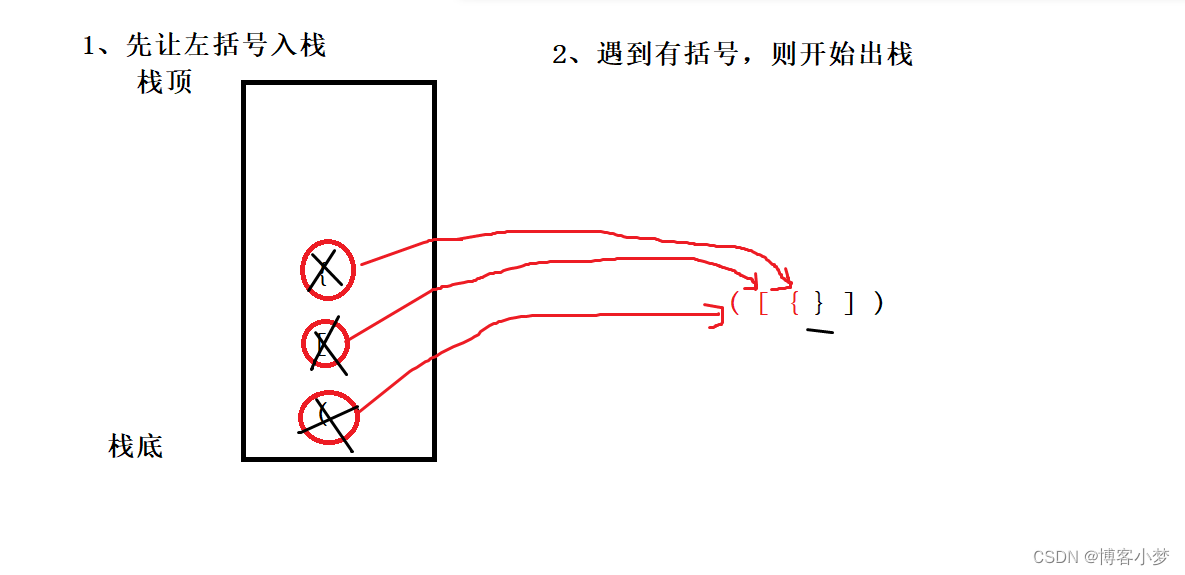
如果用C嘎嘎来写,则可以直接调用库函数的栈,而C语言就比较难受了。因为C语言没有这样的库函数,所以我们需要首先一个栈,但是不能说C语言就不能做,照样可以"C"! 。前面的栈我已经写好了,直接ctrl c + ctrl v ,复制一份到题目中即可。
题目源码:
typedef int STDataType;
//顺序栈
typedef struct STNode
{
STDataType* a;
int top;
int capacity;
}ST;
void STInit(ST* pst);
void STDestroy(ST* pst);
void STPush(ST* pst, STDataType x);
void STPop(ST* pst);
bool STEmpty(ST* pst);
STDataType STTop(ST* pst);
int STSize(ST* pst);
#define _CRT_SECURE_NO_WARNINGS 1
void STInit(ST* pst)
{
assert(pst);
pst->a = NULL;
//top指向栈顶元素的下一个位置
pst->capacity = pst->top = 0;
}
void STDestroy(ST* pst)
{
assert(pst);
free(pst->a);
pst->capacity = pst->top = 0;
pst->a = NULL;
}
void STPush(ST* pst, STDataType x)
{
assert(pst);
//扩容
if (pst->capacity == pst->top)
{
int newcapacity = pst->capacity == 0 ? 4 : 2 * (pst->capacity);
STDataType* tem = (STDataType*)realloc(pst->a, sizeof(STDataType) * newcapacity);
if (tem == NULL)
{
perror("realloc fail\n");
exit(-1);
}
pst->capacity = newcapacity;
pst->a = tem;
}
pst->a[pst->top] = x;
(pst->top)++;
}
bool STEmpty(ST* pst)
{
assert(pst);
return pst->top == 0;
}
void STPop(ST* pst)
{
assert(pst);
assert(!STEmpty(pst));
(pst->top)--;
}
STDataType STTop(ST* pst)
{
assert(pst);
assert(!STEmpty(pst));
return pst->a[pst->top - 1];
}
int STSize(ST* pst)
{
assert(pst);
return pst->top;
}
bool isValid(char * s)
{
ST st;
STInit(&st);
//循环遍历字符串s,遇到\0结束
while(*s)
{
if(*s == '('
|| *s == '['
|| *s == '{')
{
STPush(&st,*s);
}
else
{
if(STEmpty(&st))
{
STDestroy(&st);
return false;
}
char Top = STTop(&st);
STPop(&st);
if(*s == ')' && Top != '('
|| *s == ']' && Top != '['
|| *s == '}' && Top != '{')
{
STDestroy(&st);
return false;
}
}
s++;
}
bool ret = STEmpty(&st);
STDestroy(&st);
return ret;
}
运行结果截图:
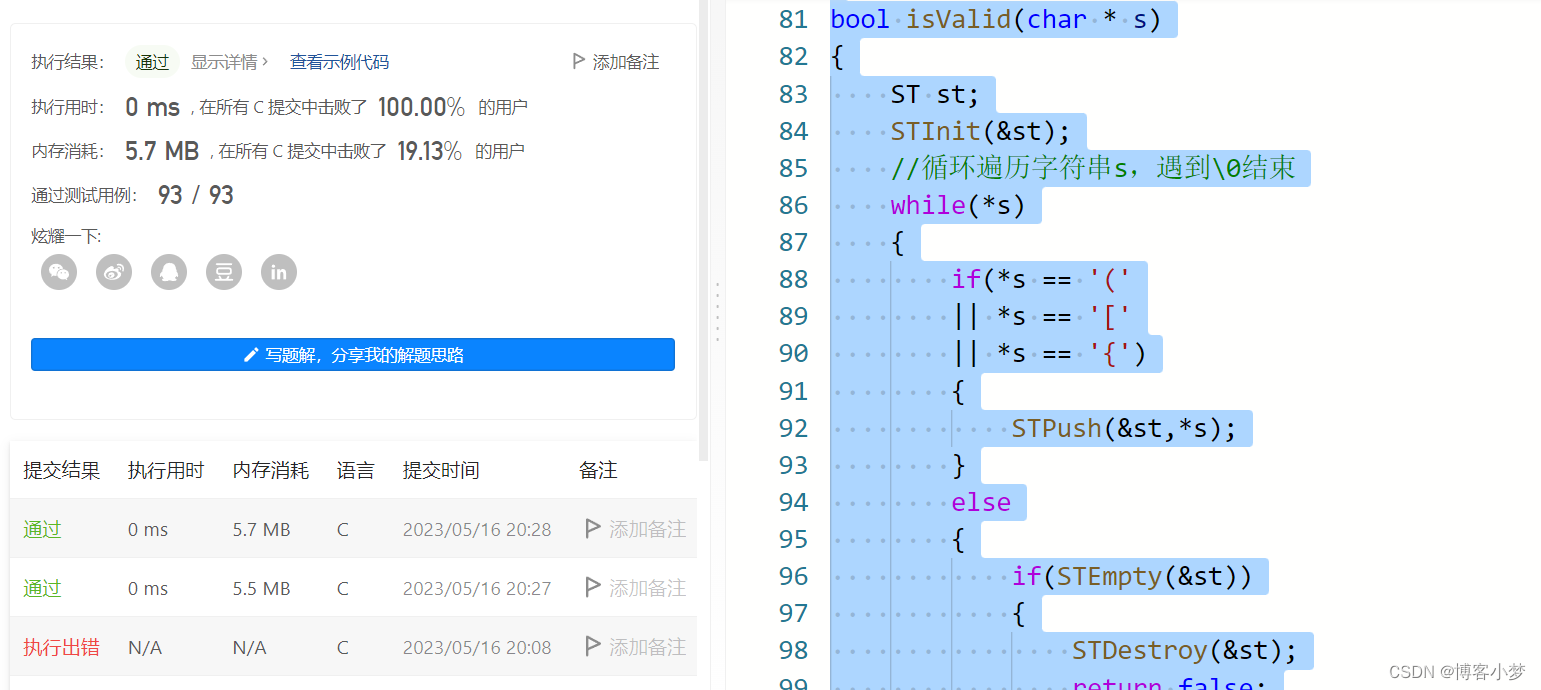
总结撒花💞
本篇文章旨在分享的是栈的C语言实现和力扣题解知识。希望大家通过阅读此文有所收获!
😘如果我写的有什么不好之处,请在文章下方给出你宝贵的意见😊。如果觉得我写的好的话请点个赞赞和关注哦~😘😘😘


